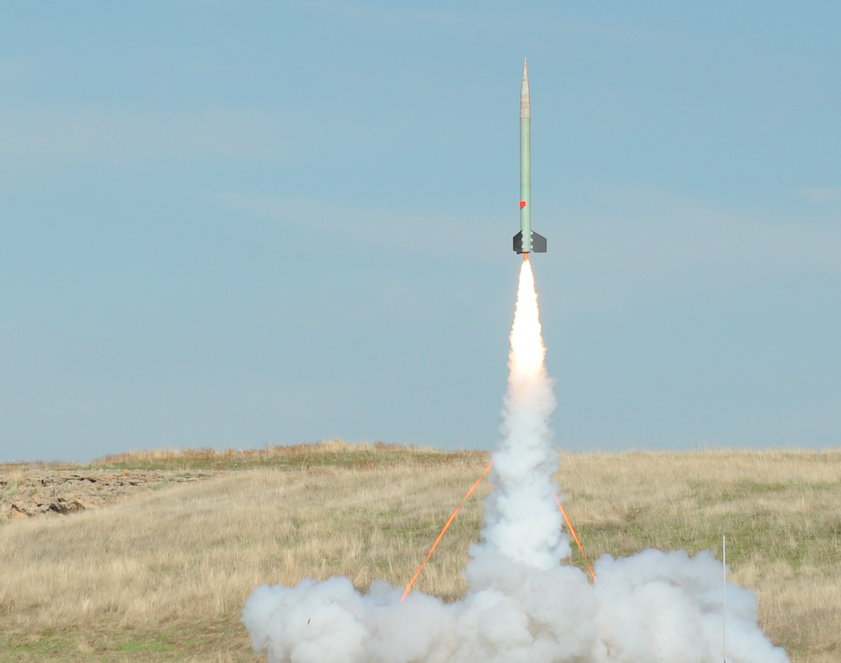aerobee_guy
New Member
- Joined
- Nov 16, 2016
- Messages
- 4
- Reaction score
- 0
Hi TRF,
I've been following the forum for a while and have learned so much from all the build threads and L3 documentation packages - so I wanted to return the favor by sharing details of my NAR L3 project:
https://sites.google.com/site/narlevel3/
The rocket is a 1/2-scale Aerobee 150 designed with transportability in mind. The certification flight (at LUNAR on November 5) was a success thanks in no small part to the club and its members, L3CCs David Raimondi and John Lyngdal, our hobby's vendors, and the friends and family who spared their time helping me.
Cheers!
Max
I've been following the forum for a while and have learned so much from all the build threads and L3 documentation packages - so I wanted to return the favor by sharing details of my NAR L3 project:
https://sites.google.com/site/narlevel3/
The rocket is a 1/2-scale Aerobee 150 designed with transportability in mind. The certification flight (at LUNAR on November 5) was a success thanks in no small part to the club and its members, L3CCs David Raimondi and John Lyngdal, our hobby's vendors, and the friends and family who spared their time helping me.
Cheers!
Max





